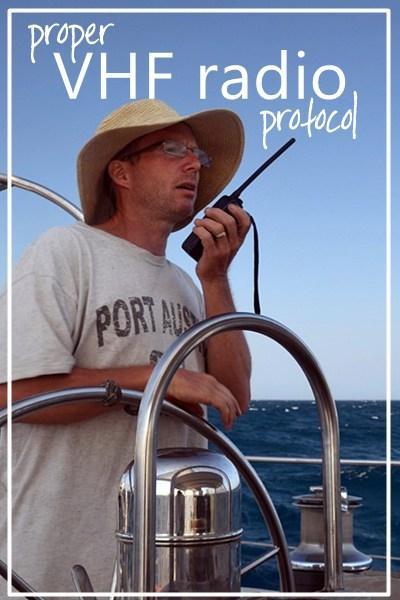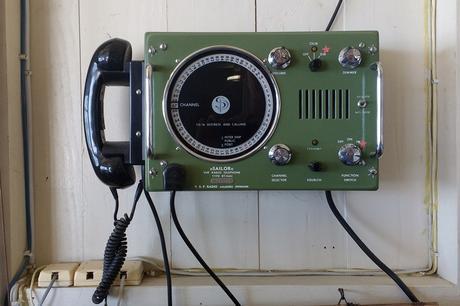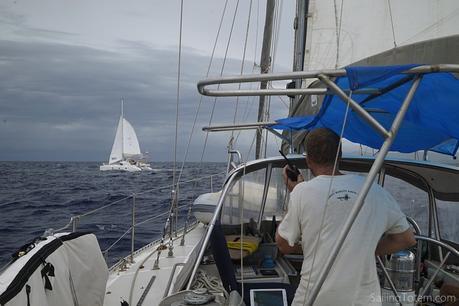
“Thanks for the wake, @$$%*#!” Unpleasant to imagine, unpleasant to hear, and rude on all sides. We haven’t heard that since leaving the USA and I don’t miss this aspect of many boaters in close proximity plus a dose of …well, of whatever it is that prompts throwing a wake or respond like that! They need to go cruising.
Summertime radio chatter included restrained and frequent USCG reminders not to use channel 16 for radio checks, to move conversations away from 16 (reserved for distress and hailing only), and more publicly aired inanity. And more from people who didn’t know how to talk over the radio. Reliance on radio fosters good habits cruisers… eventually. Learning and modeling good protocol pays off. It shouldn’t feel silly, unless you’re prone to slip into CB jargon (“10-4” or “good buddy” have no place on VHF).
Lack of decency aside, a lot of perfectly decent people also simply don’t seem to know how to use VHF radio. Poor protocol hampers understanding at best and creates dangerous situations at worst…and between, a lot of the time just results in frustration.
VHF basics refresher
VHF protocol is to repeat the name of the boat you’re calling two or three times, followed by “this is…” and the name of your vessel twice.
After making contact, request to switch from the hailing channel (16) to a working channel such as 68, 69, or 72 for conversation. The other person should reply confirming that channel, or propose another. Without confirmation, you can find yourself scanning channels to find where the other person went, or if they heard you clearly. Once switched to the working channel, be sure the channel is not already in use before reestablishing contact.
In conversation, saying “over” at the end of each transmission hands the conversational baton back to the other boat. This may be unnecessary if the audio is clear and the other person is familiar. Indicate your departure from the conversation by saying “Totem is clear” or “Totem going back to 16”. “Over and out” (or any jargon associated with CB radio or dated cop shows) is like waving a big red noob flag: “out” is for switching off the radio, not standing by to await response…you go over, or you go out, but you don’t do both.

Mint- and functional! classic radio telephone spotted in Walvis Bay, Namibia
These may be obvious but the simple act of confirming an action, like “Totem switching to 72,” is often skipped—leaving the listening boat to wonder if the switch actually happened. Radios can be finicky: transmissions get stepped on, have interference, or just aren’t in range. Did the other boat hear your request to switch to 72? We often use our handheld in the cockpit and it’s awkward to flip back and forth from 16 to 72 to find out.
It doesn’t take long to get into the rhythm of good habits, especially if a newer-to-cruising boat can listen to / model from more experienced boats around them. Home waters were another story: our US sojourn was a good reminder not to take VHF protocol and etiquette for granted. A petty spat over the airwaves is unpleasant. Repeated calls on channel 16 by boaters requesting radio checks get old fast. If a boat is speeding or tossing a big wake in a slow or no wake zone, swearing at them out on the radio accomplishes nothing (and is an offense for which you may be fined!). You can always issue a Sécurité call, and be sure to mention the boat by name as a hazard to navigation.


